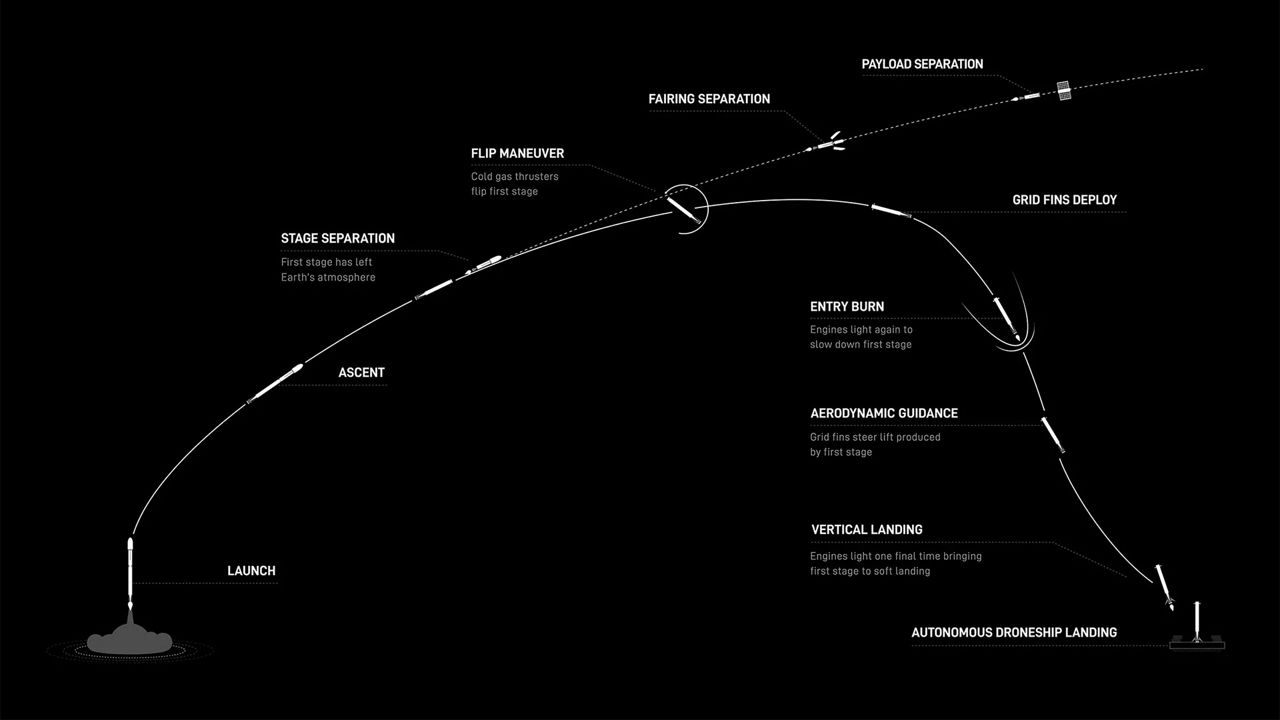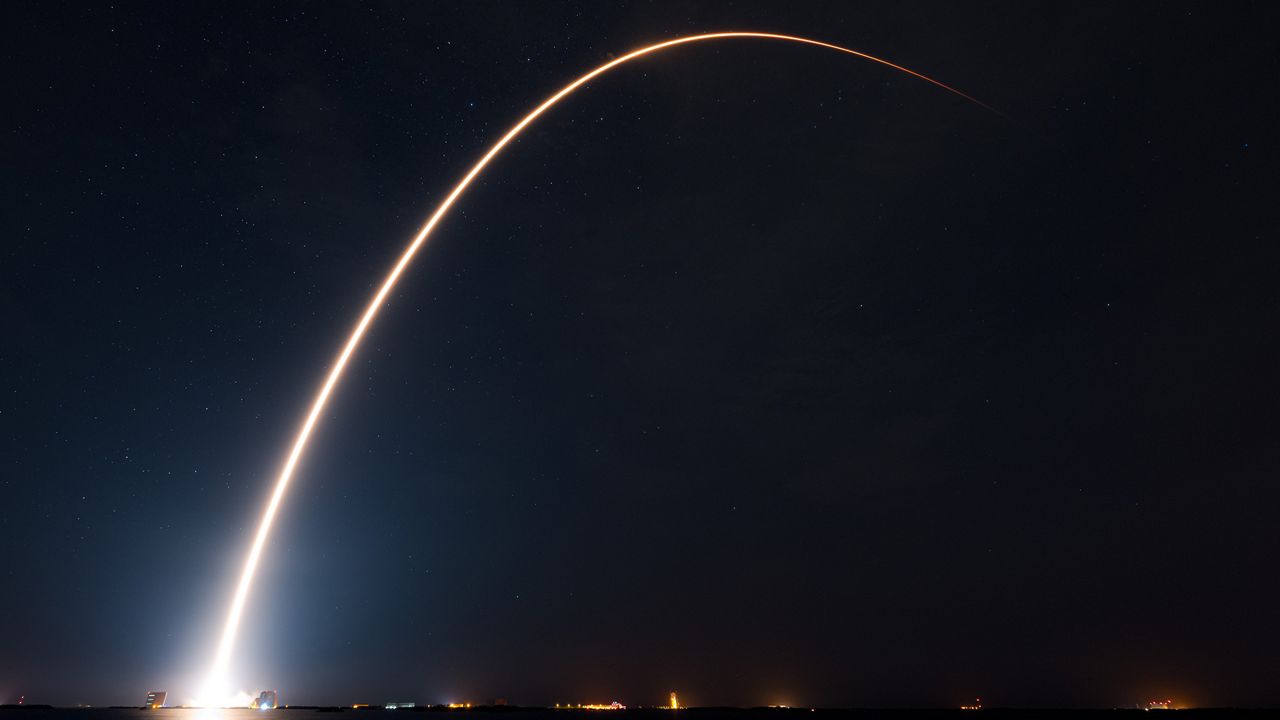CAPE CANAVERAL SPACE FORCE — After a series of delays, SpaceX successfully launched more than 20 Starlink satellites late Sunday night.
What You Need To Know
- SpaceX launched 22 Starlink satellites into orbit Sunday night
- Get more space coverage here ▶
- 🔻Scroll down to watch the launch🔻
Liftoff! pic.twitter.com/R1w03m4N6o
— SpaceX (@SpaceX) July 10, 2023
The company launched 22 Starlink satellites into low-Earth orbit from Space Launch Complex 40 at Cape Canaveral Space Force Base at 11:58 p.m. ET.
Liftoff was originally set for early morning at 4:36 a.m. ET and then it was pushed back to 8:36 p.m. ET.
The weather looked good for the original launch time, with the 45th Weather Squadron calling for a 90% chance of good liftoff weather, with the only concern being the anvil cloud rule.
However, for the evening launch, the squadron on Sunday predicted a 50% of favorable weather, with the primary concerns being: Anvil cloud, surface electric fields and cumulus cloud rules.
Learn more about NASA’s weather criteria for the Falcon 9 rocket here.
The first-stage booster B1058 has a long and impressive record of 15 and now 16 successful missions.
After the first-stage separation, the rocket landed on the droneship Just Read the Instructions that was out in the Atlantic Ocean.
Falcon 9’s first stage has landed on the Just Read the Instructions droneship, completing the first 16th launch and landing of a booster pic.twitter.com/bT70Zu2aKl
— SpaceX (@SpaceX) July 10, 2023

About the mission
The Starlink 6-5 mission is expected to release 22 satellites into low-Earth orbit, which will provide internet service to many parts of the globe, stated Starlink, which is operated by SpaceX.
Before Sunday night’s launch, Harvard-Smithsonian Center for Astrophysics’ Dr. Jonathan McDowell recorded the current information on the Starlink satellites:
- 4,411 are in orbit
- 4,375 in working order
- 3,740 are operational




